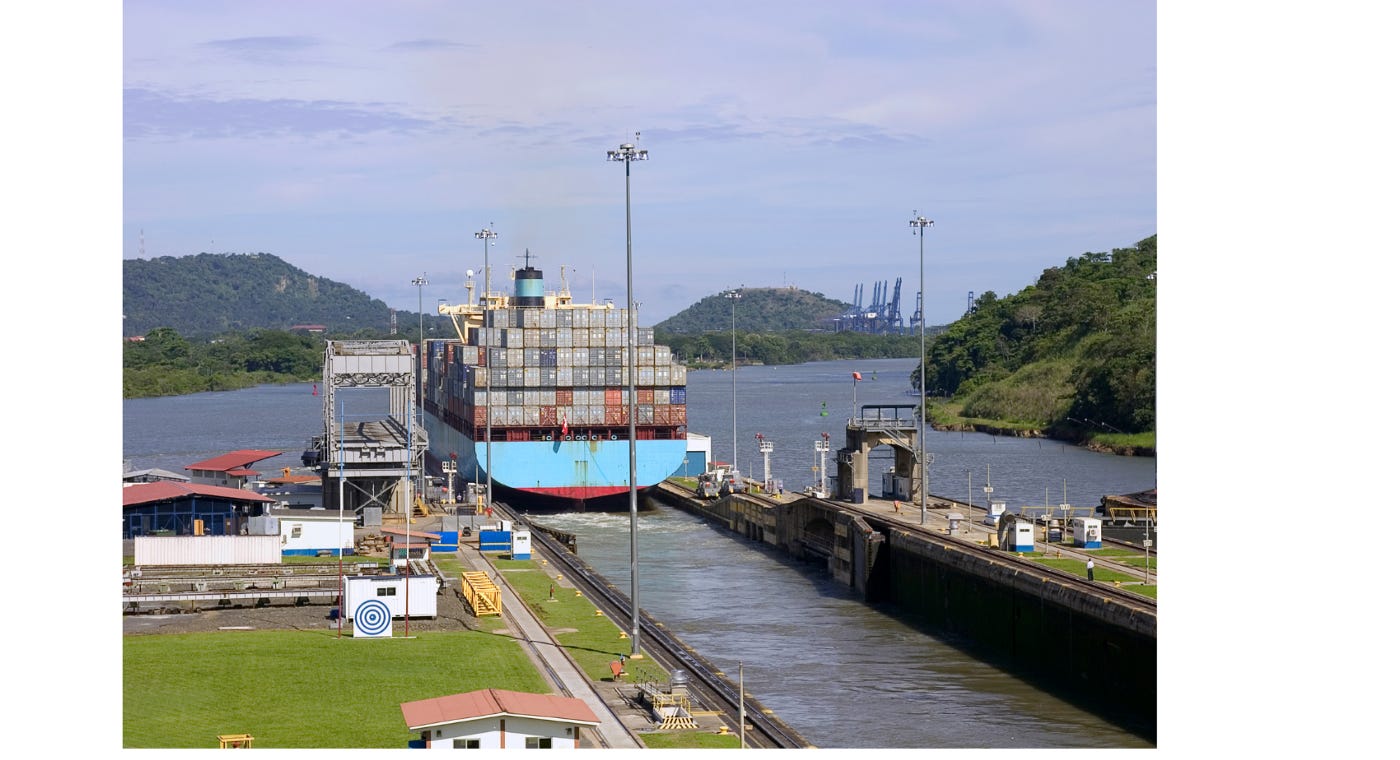How are Man-Made Canals built & Israel's Plan to Create an Alternate Suez Canal
Israel and its many plans to build a man-made canal have not converted from a plan to reality in the past many years, including the one which was secretly planned and involved the use of nuclear power.
Nevertheless, the country has come up with yet another plan to create an alternative to the Suez Canal.
A Little History of the Suez Canal
The Suez Canal is a man-made canal that connects the Mediterranean Sea to the Red Sea, providing a crucial shortcut for shipping between Europe and Asia. The construction of the canal was a massive engineering project that took over ten years to complete and involved the efforts of tens of thousands of workers.
In 1854, a French engineer named Ferdinand de Lesseps was granted permission by the Egyptian government to construct a canal across the Isthmus of Suez. De Lesseps worked with a team of engineers and surveyors to plan the route of the canal and design the locks and other features that would be needed.
Construction of the canal began in 1859, with thousands of workers from Egypt, Europe, and Asia recruited to excavate the channel. The workers used hand tools such as shovels and picks, as well as steam-powered dredges and excavators to remove millions of cubic meters of sand and rock from the path of the canal.
Once the canal had been excavated, it was lined with concrete and stone to prevent erosion and leaks.
To allow ships to pass through the canal, a series of locks were constructed to raise and lower vessels as they moved between the Mediterranean and Red Seas. In addition, a lighthouse was built to guide ships through the canal at night, and a telegraph line was installed to provide communication along the length of the canal.
The Suez Canal was officially opened in November 1869 with great fanfare and celebration. The canal was an instant success, reducing the journey between Europe and Asia by thousands of miles and providing a major economic boost to Egypt and other countries in the region.
Today, the Suez Canal remains one of the most important waterways in the world, handling millions of tons of cargo each year and playing a critical role in global trade and transportation.
The Israel Project
Israel’s alternate Suez Canal project is an idea to connect the Mediterranian Sea to the Red Sea. The project is named Ben Gurion Canal.
In the past, there had been other proposals like the “Red-Dead Canal” or the “Red Sea — Dead Sea Water Conveyance Project” that would connect the Red Sea to the Dead Sea. One factor initially ignored in this proposal was that the Dead Sea is located at the lowest point on Earth and, thus, is much below the sea level.
This new plan highlighted the following advantages of using the Suez Canal alternative,
Handle ships in both directions through the creation of two canals.
As Suez Canal has some restrictions on the size of the ship that can transit through, the bigger ships can use this alternative canal.
The initial plan was to start the project sometime in 2021, but Israel announced the start of work in November 2022. This project is expected to take close to 5 years to complete.
The Tech Side
Like any other project, canals are built after extensive planning and survey.
On the engineering side, Man-made canals, such as the Suez Canal, typically involve processes like dredging and excavation.
Excavation
Excavation is the process of digging out the earth and rock to create a channel for the water to flow through. In the case of the Suez Canal, a combination of manual labor and steam-powered machinery was used to dig the canal.
Post excavation, water is provided through external sources like reservoirs or streams.
Dredging
Dredging is often used to deepen and widen the canal. Dredging involves using a special machine called a dredger to remove sediment and debris from the bottom of the canal. This helps to keep the canal clear and navigable for ships.
Dredging is usually performed to increase the depth of the bed and channel capacity, but it’s also performed in case there are pipelines or other structures to be built at the bottom of the water source.
Locks , Dams and Gates
Depending on the terrain, locks and gates may be installed to control the water flow and maintain the water level in the canal.
Typically, a lock chamber is constructed using bricks, stone, and metal and holds water. There are gates at each end of a lock chamber which is opened and closed based on the vessel's movement from higher to lower level or vice-versa.
In the case of the Suez Canal, no locks were needed because the canal was constructed at sea level.
Dams are constructed to raise water levels as per the requirements.
Food for Thought

Man-made canals are currently built to cut down transportation time and cost. There is no doubt that Man-made canals represent a remarkable feat of human ingenuity and engineering skill.
But, with the advancement in seawater desalination technology, can more man-made canals be the solution to address the drought-hit countries worldwide? Or is it just not a profitable venture?






